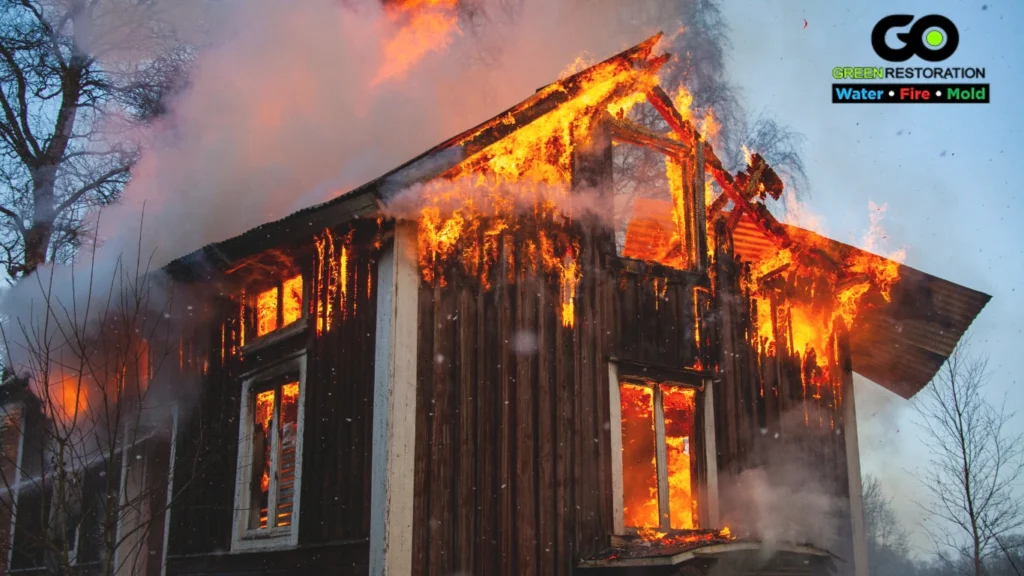Throughout history, major fires have reshaped cities, forcing communities to rethink how they build and restore structures after destruction. Ancient Rome experienced multiple devastating fires, including the Great Fire of 64 AD, which highlighted the dangers of wooden buildings packed too closely together. After these disasters, stone and brick became preferred materials, marking an early shift in fire-resistant construction. These lessons laid the groundwork for modern fire damage restoration by emphasizing better building techniques to prevent repeated devastation.
The Great Fire of London and the Rise of Organized Restoration
One of the most defining moments in fire history was the Great Fire of London in 1666. The rapid spread of flames destroyed thousands of homes, forcing the city to establish regulations for rebuilding. In response, authorities banned thatched roofs and implemented fire-resistant designs. This era marked one of the first instances where large-scale fire damage restoration efforts were mandated, leading to more structured approaches in rebuilding and smoke damage cleanup.
Industrial Era Fires and the Need for Professional Restoration
As cities expanded during the Industrial Revolution, larger fires posed even greater challenges. The Great Chicago Fire of 1871 demonstrated how urban density and flammable materials created catastrophic conditions. Following the disaster, stricter fire codes were introduced, and insurance companies began requiring fire-resistant construction. This shift increased demand for professional fire damage restoration services, leading to more specialized cleaning techniques and structural repair methods that are still used today.
Modern Fire Disasters and Advancements in Restoration Technology
Recent fire disasters have further influenced restoration techniques, prompting the development of advanced cleaning and repair methods. Wildfires in California and Australia have highlighted the importance of chemical treatments for smoke-damaged properties and the use of air filtration systems to remove lingering odors. Thermal imaging, high-powered air scrubbers, and ozone treatments now play a key role in fire damage restoration, allowing for faster, more effective recovery. These innovations continue to evolve, ensuring safer, more resilient communities after fire-related catastrophes.
Learn more:
The Transition from Basic Repairs to Specialized Fire Damage Restoration
Early Fire Damage Recovery Techniques Before Modern Restoration Science

